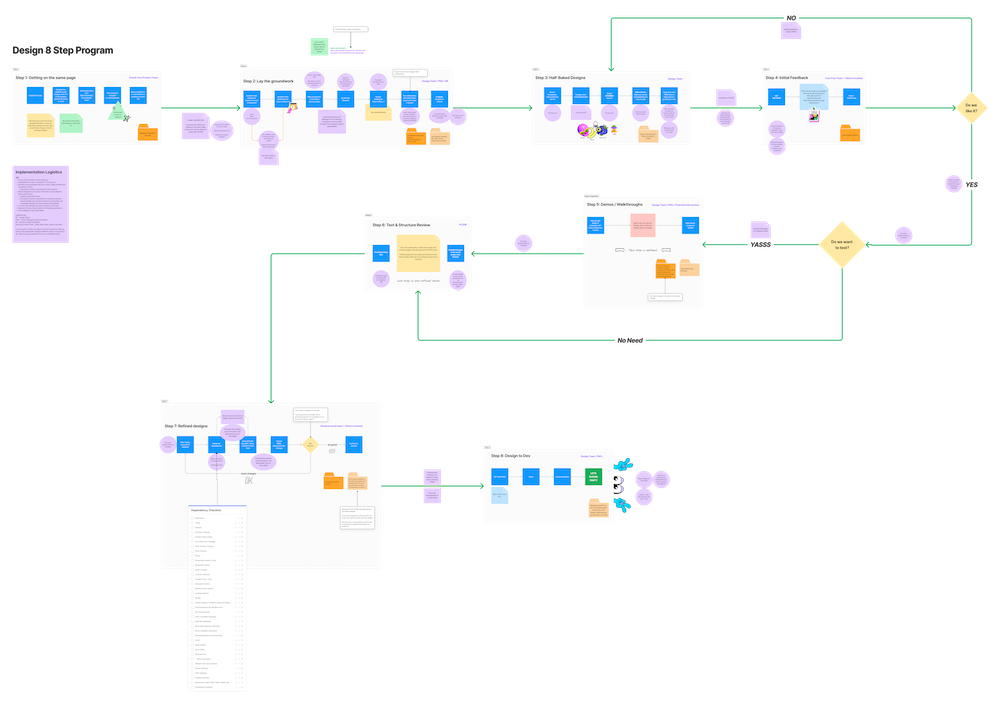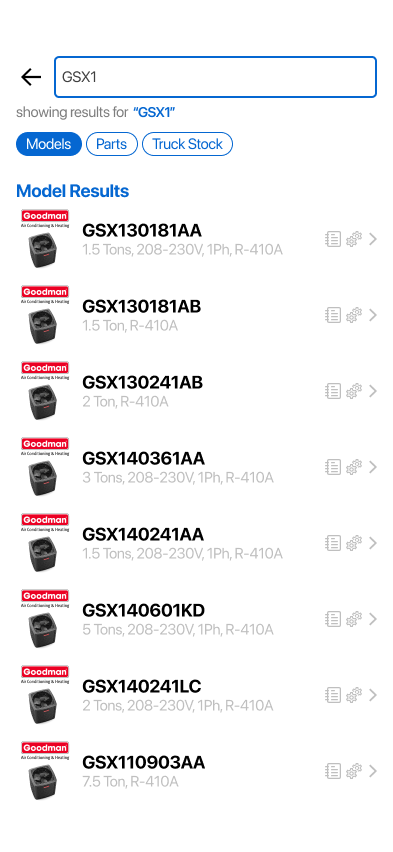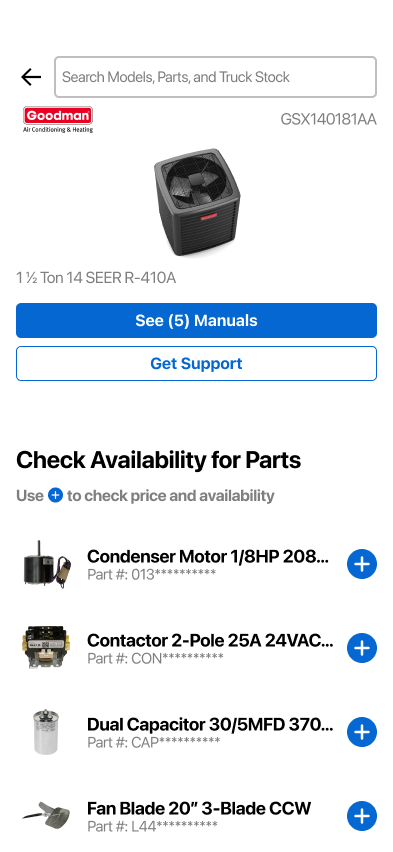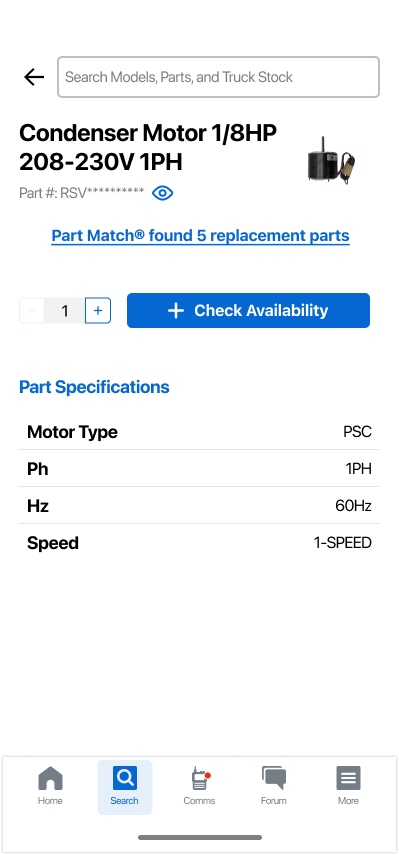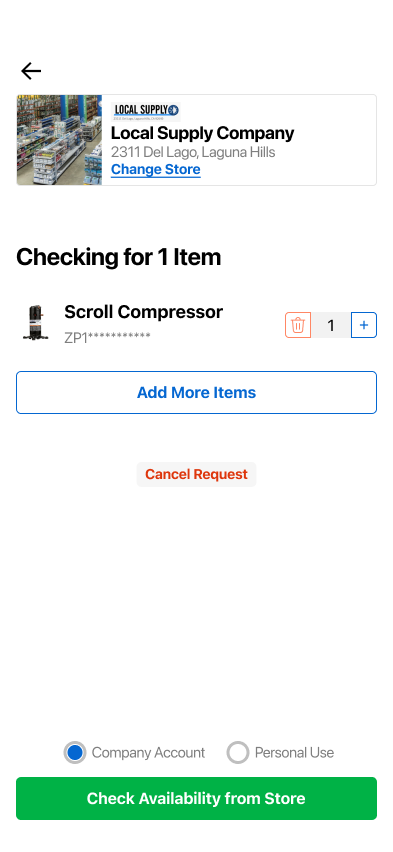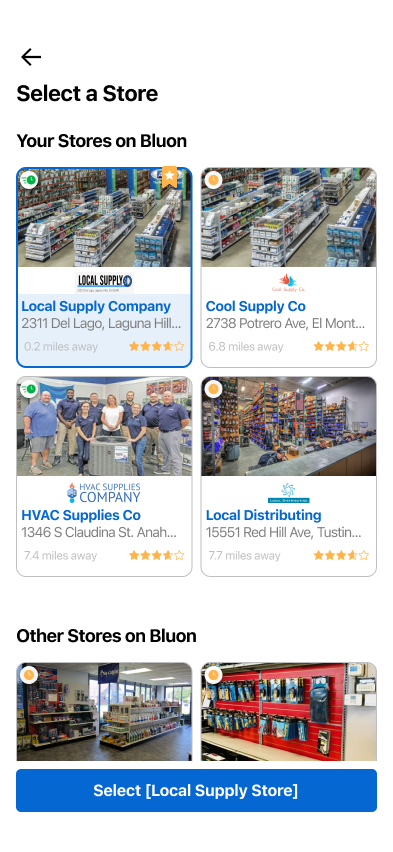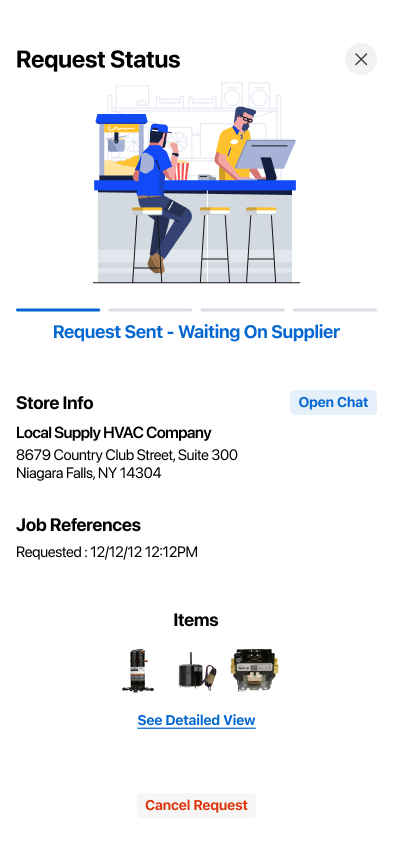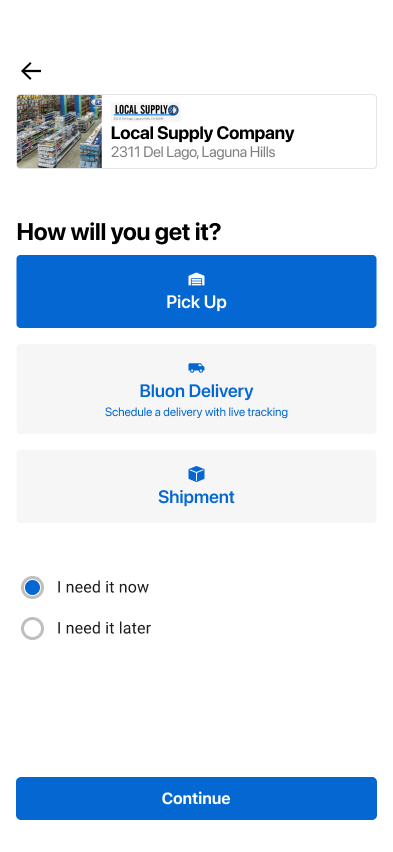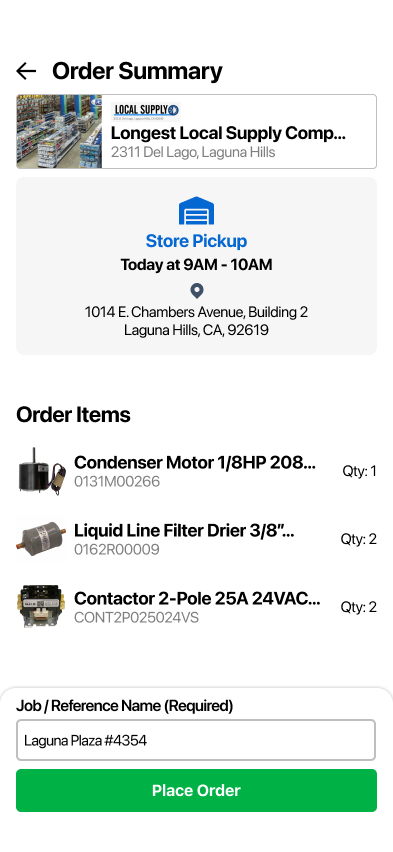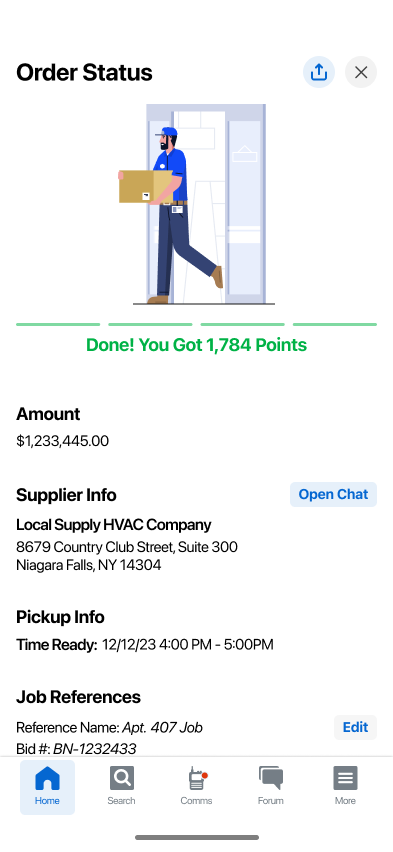Overview
Bluon 2.0 began a redesign of its B2B marketplace and ended with an application redesign with the vision of becoming the biggest tech to supplier network to fulfill orders based on the technician's needs.
The goal of this particular project was to identify any usability issues with the beta release of their marketplace and determine the critical roadblocks to prioritize for the next iteration of the product.
